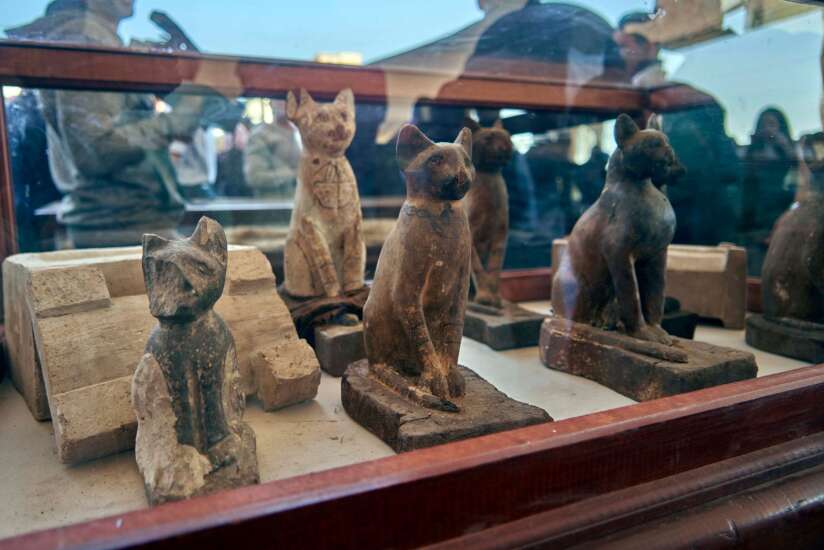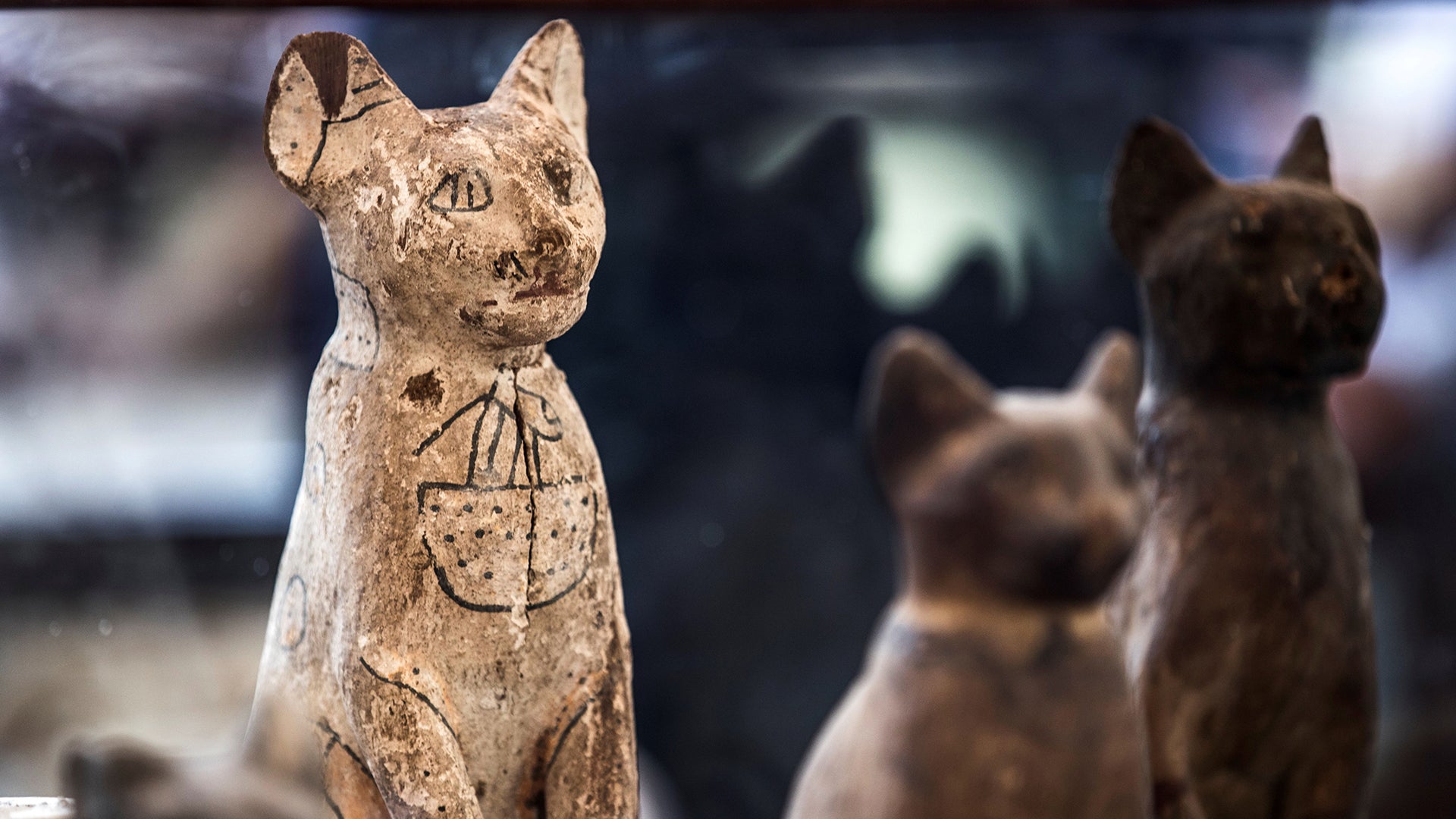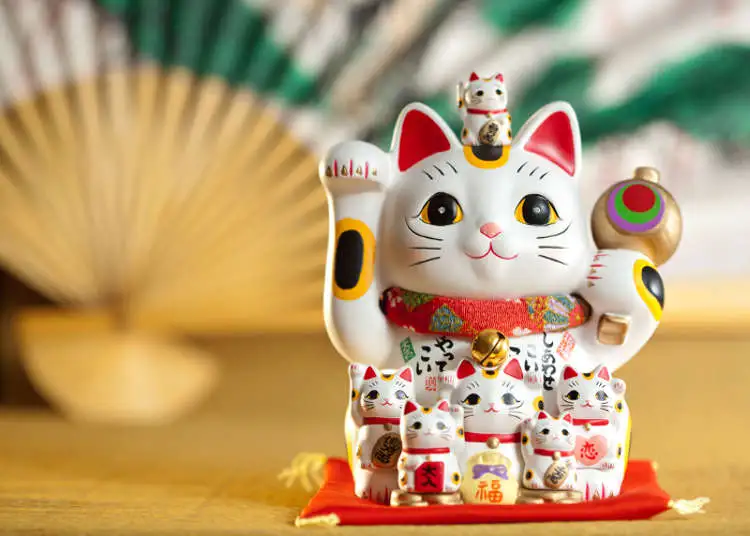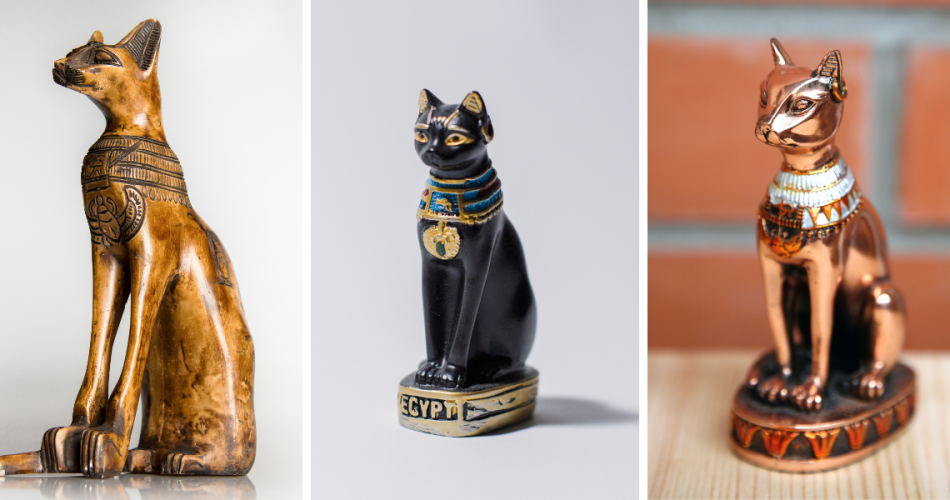Cats, enigmatic and graceful creatures, have captured the human imagination for centuries. Their mysterious behavior, independence, and keen senses have made them symbols of a range of qualities across different cultures. From protectors of the home to guardians of the underworld, cats hold various symbolic meanings, making them central figures in mythology, folklore, and art worldwide. The symbolism attached to cats varies from one culture to another, but the consistent thread that runs through these interpretations is their deep connection to the spiritual, mystical, and supernatural realms. Let’s take a closer look at how cats are viewed in different cultures and the symbolic language they speak.
Ancient Egypt: Symbols of Protection and Divinity
In ancient Egypt, cats were revered as sacred beings with divine connections. The goddess Bastet, often depicted with the head of a lioness or as a domestic cat, was the central figure associated with feline symbolism. Bastet was the goddess of home, fertility, joy, and music, but she also had a darker aspect as a protector who guarded against evil spirits and disease. The Egyptians believed that cats, as earthly representations of Bastet, possessed divine qualities, including the ability to protect both homes and the afterlife.
The protective nature of cats extended beyond just their physical presence. Egyptians believed that cats could ward off evil spirits and negative energies, which is why they were commonly kept in homes and temples. Killing a cat, even accidentally, was considered a grave offense, punishable by death. The deep respect and reverence for cats in Egyptian culture made them symbols of divine guardianship, embodying the balance between light and darkness.

Ancient Greece and Rome: Cats as Mystical Guardians
In Ancient Greece and Rome, cats were not as widely revered as in Egypt, but they still held an important place in mythology and everyday life. Cats were seen as protectors, especially of food stores and granaries, because of their hunting abilities. Their ability to control the population of mice and rats made them valuable to early agricultural societies, and they were considered to bring good fortune and prosperity.
Greek and Roman myths also associate cats with the goddess Artemis (Greek) and Diana (Roman), both of whom were goddesses of the hunt. Artemis, in particular, was known for her connection to animals and nature. The presence of cats around Artemis’ sanctuaries is thought to symbolize her ability to bring balance to the natural world, with cats representing the elusive and graceful side of nature.
Cats were also seen as spiritual protectors in Greek and Roman cultures. In particular, their role as guardians of the home was linked to their mysterious ability to move silently and appear without warning, adding an air of the supernatural to their presence. These societies viewed cats as intermediaries between the human world and the spiritual realm, capable of guarding against unseen forces.
Norse and Viking Culture: Cats as Mystical Companions
In Norse mythology, cats were regarded with respect and reverence. The goddess Freyja, associated with love, fertility, and war, was said to have had a chariot drawn by two large cats. These cats were not only her loyal companions but also embodiments of the goddess’s powers. Freyja’s cats were believed to represent independence, freedom, and strength—qualities that Freyja herself embodied.
The Norse connection to cats extends beyond mythology into the practical realm of everyday life. Cats were believed to possess the ability to see into the unseen, and they were often kept as guardians of the home. They were thought to have the ability to protect the household from spirits and evil forces. Cats’ silent movements and keen senses contributed to their image as mystical creatures capable of navigating the space between the human world and the supernatural realm.

Japan: Cats as Bearers of Good Fortune and Spiritual Guardians
In Japan, cats have long been seen as symbols of good fortune, protection, and mystery. The Maneki-neko or “beckoning cat” is one of the most famous symbols associated with cats in Japanese culture. This common figurine, often found in shops, restaurants, and homes, depicts a cat with one paw raised in a beckoning gesture. The Maneki-neko is believed to bring good luck, prosperity, and protection to its owner. The color of the cat can change its symbolic meaning: a gold Maneki-neko attracts wealth, while a white one is associated with purity and protection.
Cats also have deep spiritual significance in Japan. They are believed to have the ability to ward off evil spirits and bring peace to troubled souls. In Japanese folklore, the Bakeneko and Nekomata are supernatural cats with shape-shifting abilities. These mythical cats can transform into humans or other creatures, and are often depicted as vengeful or mischievous. However, not all supernatural cats in Japan are malevolent. The Kawaii-neko is thought to possess the ability to cleanse spaces of negative energy, thus maintaining harmony and balance in the household.
Europe: Cats as Symbols of Mystery and Protection
In European folklore, cats have played a dual role—simultaneously revered and feared. Black cats, in particular, were linked with witchcraft, magic, and the supernatural, and often appeared as companions to witches or even as shape-shifted witches themselves. In many parts of medieval Europe, black cats were thought to possess mystical powers, and were sometimes believed to have the ability to protect people from evil or even curse them with bad luck.
Despite their association with witchcraft, cats were also seen as protectors. They were believed to guard against evil spirits, particularly in Celtic and Viking traditions. In Scotland, it was common to place a black cat at the foot of a bed to protect the sleeper from nightmares and bad dreams. Cats were also thought to bring prosperity and were often kept in homes to protect food stores and farms from vermin, ensuring the well-being of the family.
One common superstition in Europe is that if a black cat crosses your path, it brings bad luck. However, in other regions, black cats were seen as omens of good fortune, particularly if they were encountered unexpectedly or on the right side of the road. This conflicting symbolism reflects the complex and sometimes contradictory views of cats in European culture.

The United States: Cats as Protectors and Companions
In modern American culture, cats are often seen as mysterious, independent creatures that embody qualities such as agility, intelligence, and self-sufficiency. Cats are beloved pets, often viewed as companions that offer both comfort and companionship. The symbolism of cats in the United States largely reflects the way in which they have been domesticated and integrated into everyday life. Cats are seen as protectors of the home, keeping away pests and offering emotional support to their owners.
However, cats still retain elements of their mystical heritage. Halloween, for example, is a time when black cats are prominently featured as symbols of witchcraft, magic, and the supernatural. This connection to Halloween reflects the longstanding belief in cats’ connection to the occult, though in a much lighter, more playful context.
Conclusion
Across cultures and time periods, cats have served as powerful symbols of mystery, protection, and spiritual significance. Their role as independent, graceful creatures capable of navigating both the physical and spiritual worlds has made them enduring symbols in folklore and mythology. From the divine protectors of ancient Egypt to the bringers of good fortune in Japan, cats continue to hold a unique place in the hearts and minds of people worldwide. Whether they are guardians of the afterlife, harbingers of prosperity, or mysterious companions to witches, cats speak a symbolic language that transcends borders, embodying a variety of meanings that resonate with cultures and individuals alike.
